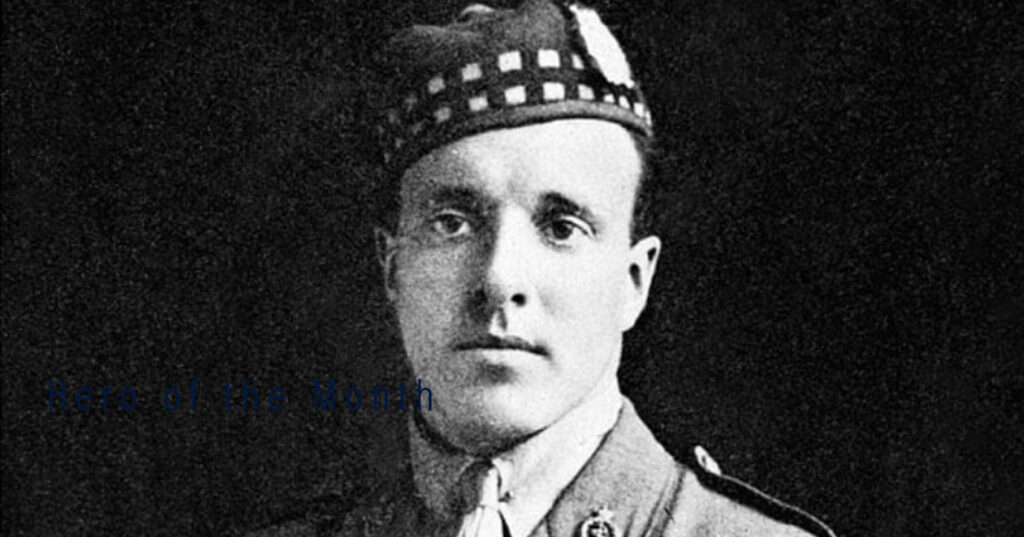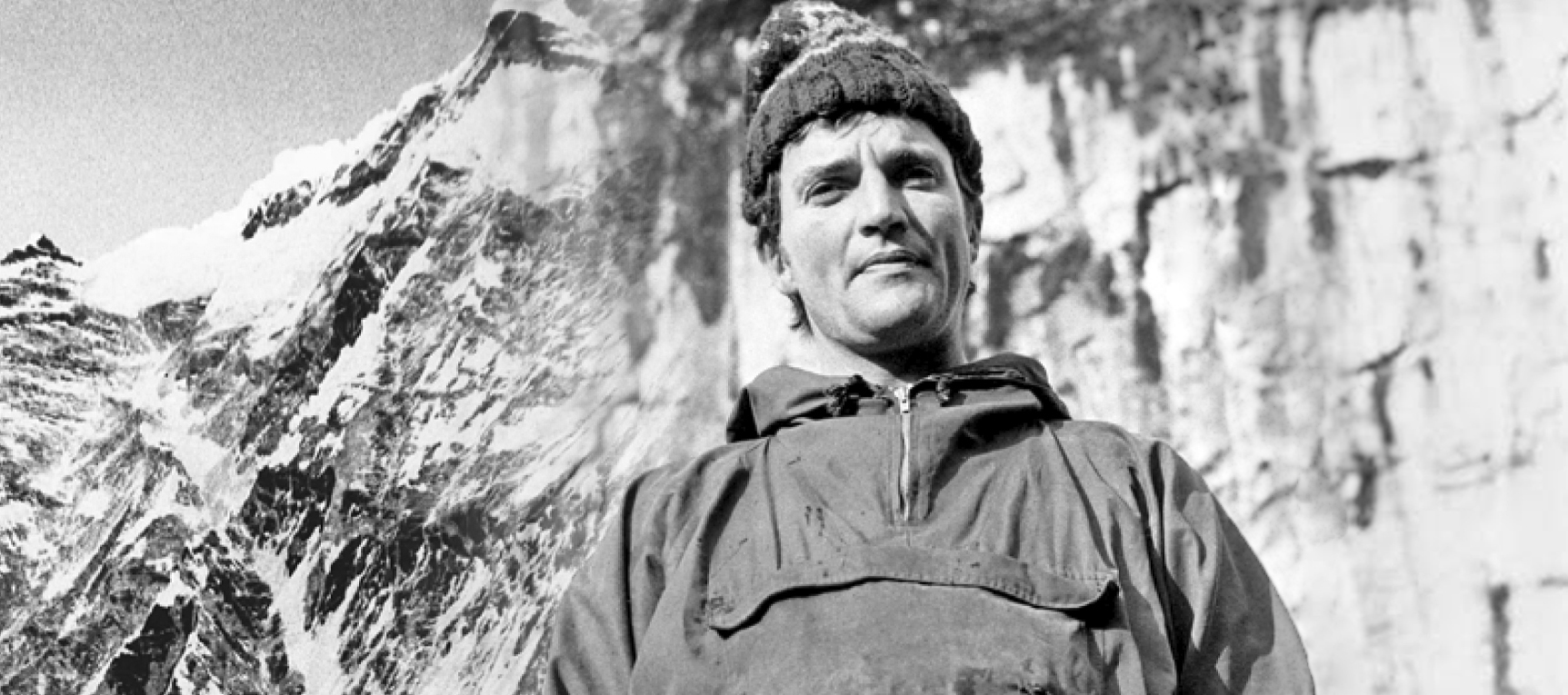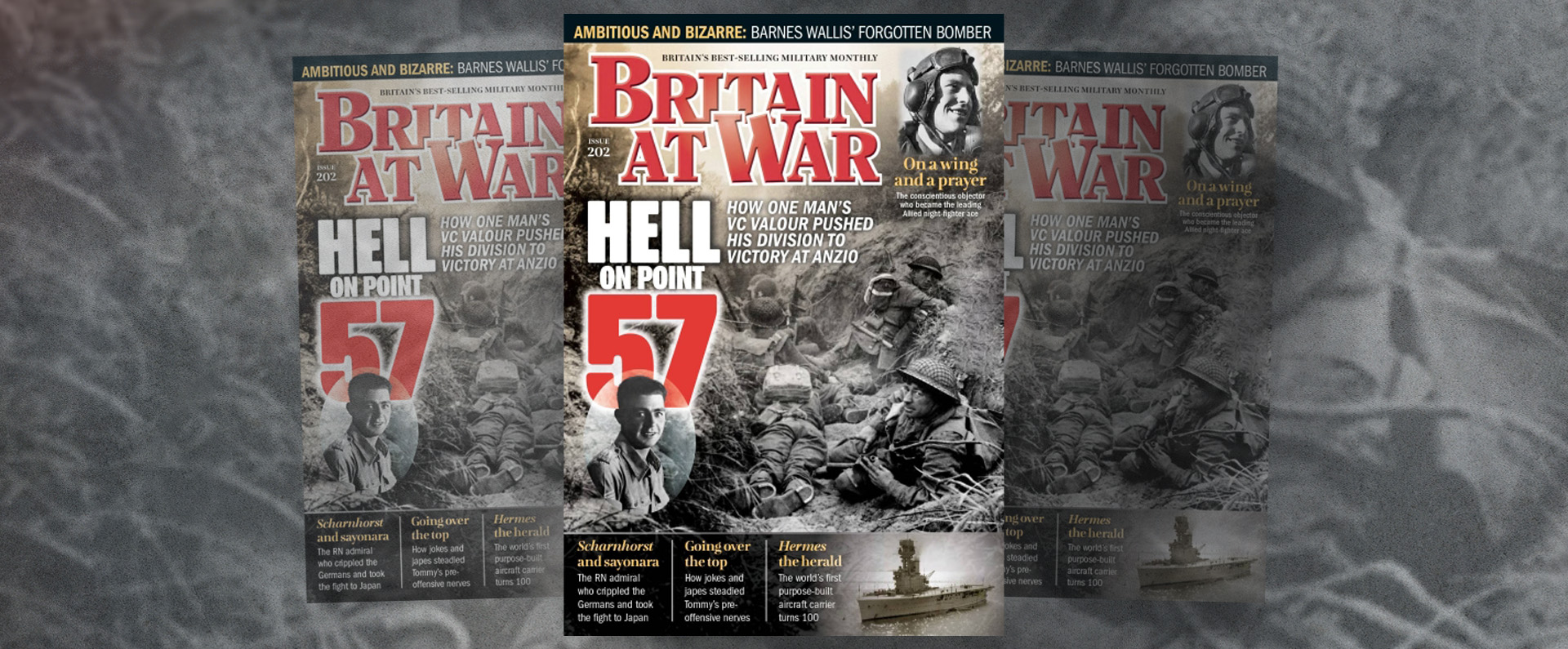
Published in The Sunday Telegraph on 21 December 2014.
Leading Seaman James Joseph Magennis
Captain Noel Godfrey Chavasse
Warrant Officer Norman Cyril Jackson
The actions that lead to gallantry decorations are unique, which may explain why these medals inspire, amaze and intrigue so many people, writes Michael Ashcroft.
The price of gallantry medals – like the price of great works of art – is ultimately dictated by supply and demand. If medals are in short supply and collectors are plentiful, as is the case judging from reports last week, then the price of such decorations will rise. If medals are abundant and collectors are scarce, clearly that won’t happen.
My own interest in them – and the acts of bravery that they reward – dates back to hearing my father’s war stories. He took part in the D-Day landings, and was wounded by shrapnel, fighting on until ordered from the battlefield.
This interest eventually transformed itself into a passion for gallantry decorations that are awarded to military personnel and civilians for their bravery. Above all else, medals are mementoes of an individual’s service and courage.
Of course, some gallantry medals are regarded as more prestigious than others. The price they fetch is also governed by the story behind any medal: the more heroic or the more famous the action, the higher the price. Often, memorabilia such as letters, diaries and flying log books are sold with the decorations, and this, too, increases the historic interest and sale value.
By far the most prestigious gallantry medal awarded by Britain and the Commonwealth for bravery “in the face of the enemy” is the Victoria Cross (VC), which was instituted by Queen Victoria in 1856. The next most senior award for bravery on the front line is the Conspicuous Gallantry Cross (CGC), created in 1993 and awarded just 58 times.
The most prestigious gallantry award for bravery not in the face of the enemy is the George Cross (GC), which was created by George VI in 1940 at the time of the Blitz. Although often referred to as the “civilian VC”, the GC has more often than not been awarded to military personnel for bomb disposal work.
I have been collecting VCs since 1986, when, after making some money as an entrepreneur, I fulfilled an ambition to own such a decoration. At auction, I purchased the VC awarded to Acting Leading Seaman James Magennis for outstanding bravery as a diver in midget submarines at the end of the Second World War.
Although that purchase was originally intended as a one-off, I decided, quite spontaneously, that collecting VCs would be a hobby that I would pursue and enjoy for the rest of my life.
Since 1986, the collection has been built up honourably, sensitively and patiently. It has also been amassed with a firm sense of commercial reality as to what the medals are worth. I consider it an honour to be the custodian of such treasured medals.
A trust was established many years ago to look after and protect the medals, and there is no pursuit of medals that are not on the market. The only medals in the collection are those that the recipients, their families or collectors wanted to sell. They have been bought at public auctions or as a result of someone wanting to sell them privately.
It was accurately revealed by this newspaper in 2009 that I had paid a world record price for the “ultimate” gallantry medal – the only double VC of the Great War. Although I will not reveal precisely what I paid for the medals in a private sale, the stated purchase price of “nearly £1.5 million” is not wide of the mark. However, under the sale agreement with St Peter’s College, Oxford, money for the Captain Noel Chavasse VC and Bar was used for academic purposes that enabled me to be “uncommercial” about the price.
Chavasse’s first VC was awarded after he tended to wounded servicemen all day and night under heavy fire, saving the lives of an estimated 20 men. His second VC, a posthumous award, came after he attended the wounded in no-man’s-land despite his own horrendous injuries. He died in August 1917, aged 32, after explaining: “Duty called and duty must be obeyed.”
Today, my VC collection, the largest in the world, has grown to 189 VCs – of 1,357 VCs awarded – and they are on display at a gallery bearing my name at Imperial War Museums, London.
It is always the stories behind the gallantry medals that make the decorations unique. For example, Sergeant Norman Jackson was awarded the VC for an astonishing act of bravery on the night of April 26 1944.
Jackson was the flight engineer on a Lancaster that had successfully dropped its bombs over Germany, when it was suddenly attacked by an enemy fighter. The Lancaster received several direct hits and a fire started near a fuel tank on the upper surface of the starboard wing.
Although wounded, Jackson received the captain’s permission to climb on to the wing, wearing his parachute pack and clutching a fire extinguisher, to try to put out the flames. The aircraft was travelling at 200mph at some 20,000ft and, to make matters worse, the parachute opened and the canopy and rigging lines spilt into the cockpit.
Soon the fire spread and Jackson’s face, hands and clothing were badly burnt. Next he was dragged through the flames and fell towards the ground with his partially inflated parachute burning. The captain ordered the crew to abandon the aircraft – and four of the remaining crew landed safely and two perished.
Jackson was found badly injured by German civilians and was later paraded as a POW in a “pitiable state”. After recovering from his injuries, he made two unsuccessful attempts to escape but was returned to Britain on VE Day.
More recently, I have built up three other medal collections: Special Forces decorations, medals for gallantry in the air, and GCs. My gallantry medals are my pride and joy – and I take great pleasure from the fact that they intrigue, inspire and amaze so many people.
Read this article on The Telegraph.co.uk
For more information, visit:
LordAshcroftOnBravery.com


